Fermentation in beer production
The aerobic respiration is carried out in the early stage of beer fermentation, which is mainly the proliferation of yeast cells, and the anaerobic fermentation is carried out in the later stage. The yeast cells use the nutrients in the wort to produce alcohol, fusel oil and organic acids.
Traditional fermentation is generally divided into two stages: main fermentation and post-fermentation.
In order to shorten the fermentation cycle and increase the utilization rate of equipment, the one-tank fermentation method is now generally adopted, that is, the two stages of main fermentation and post-fermentation are no longer strictly divided, and they are carried out in the same cone-bottomed fermentation tank to increase the yield.
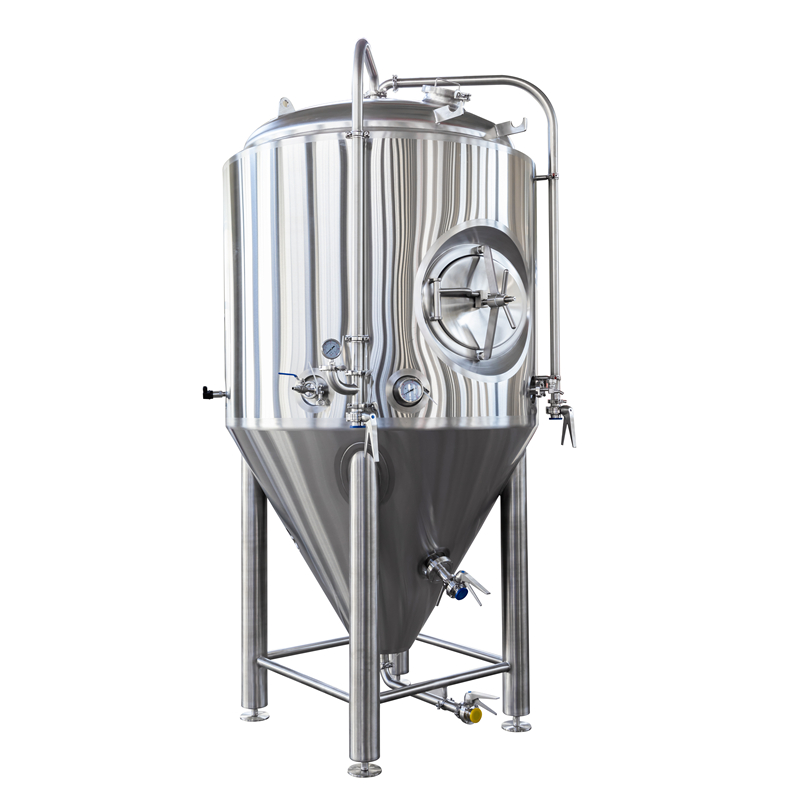
1. The main fermentation process:
①. Material changes during the main fermentation process:
Under aerobic conditions, yeast proliferates in large quantities, oxidizes glucose to carbon dioxide and water, and releases a large amount of heat energy. As dissolved oxygen is exhausted, anoxic conditions are created. The yeast anaerobic fermentation produces ethanol, carbon dioxide, lactic acid, acetic acid, citric acid and malic acid. And other organic acids.
About 96% of fermentable sugars are converted into ethanol and carbon dioxide, 1.5~2.0 are used for new cell generation, and 2.0~2.5% are converted into fermentation by-products.
The pH of the fermentation broth decreased slowly before and after, and the final pH of the fermentation was 4.2-4.5.
Several amino acids are called and converted.
There are two types of fermentation by-product flavors.
One type is directional substances (higher alcohols and esters, etc.), which mainly determine the aroma of beer, and controlling it within a certain concentration range is beneficial to beer quality.
Common higher alcohols (also known as fusel oils) mainly include isoamyl alcohol and isobutanol.
Esters are the main carrier for beer, mainly produced in the vigorous stage of the main fermentation, second only to higher alcohols in quantity.
Both the higher alcohol formation and the ester content of the upper fermentation exceed those of the lower fermentation.
Rapid high-temperature fermentation, too high wort concentration, too much dissolved oxygen or insufficient amino acid content will result in a high content of higher alcohols in the product.
Pressurized fermentation and increasing the amount of yeast added can reduce the production of higher alcohols.
High wort concentration, high amino acid content, low ventilation, low-temperature main fermentation, extended post-fermentation time or pressurized fermentation will increase the production of esters; measures to promote yeast proliferation will reduce the production of esters; use ventilation and stirring to produce esters during fermentation The amount is less.
Another type of fermentation by-products are green-flavored substances (such as diacetyl, aldehydes, sulfides, etc.), and the quality of beer is not good.
The threshold value of diacetyl is only 0.10~0.15mg/l, and beer above this value has a rancid taste, which seriously affects the taste.
The maturity of beer can be determined according to the content of diacetyl.
Yeast cells reduce diacetyl to acetoin, which can also cause a prominent bitter taste and a musty taste, which is further reduced to 2,3-butanediol.
Increase the temperature and the concentration of yeast cells, the wort has enough α-amino acids (especially valine) and adding an appropriate amount of α-acetolactase is beneficial for diacetyl reduction.
More than 50 aldehydes have been detected in beer, mainly acetaldehyde (normal concentration is 8-10mg/l). Full ventilation of the wort and increasing the temperature and yeast concentration in the post-maturation stage are conducive to the decomposition of aldehydes.
Sulfide seriously affects beer flavor, in which non-volatile S-S compounds and volatile dimethyl sulfide are brought in by hops and wort;
The yeast produces volatile hydrogen sulfide, dimethyl sulfide, and mercaptans during fermentation.
② Process operation of main fermentation:
The main fermentation is also called pre-fermentation. It is actually carried out in two steps. Part of the wort (concentration 10-12%) cooled to 5~7℃ is pumped into the multiplication tank, and 0.8~1.0L/100L is generally added for recovery and storage. The yeast paste is mixed with the wort at a ratio of 1:1, and sterile air is introduced to suspend the yeast cells and sent to the yeast multiplication tank, or directly use the 0.5-0.6 expanded yeast liquid to fully mix with the wort. Mix well, pass in sterile air (wort dissolved oxygen control is about 8mg/L), leave it for 12-20 hours, the yeast cell concentration will reach 2.0x107 cells/mL, the liquid surface will form a layer of white foam, change the tank to remove the condensed solids And dead yeast.
Yeast culture broth and new wort (to ensure sufficient valine content and place to generate excess diacetyl) at 5~7℃ flow into the main fermentation tank at the same time, and fill up within 12~18 hours, and the dissolved oxygen in the wort has been basically consumed. At the end, anaerobic fermentation is carried out for 5~7 days, the highest product temperature is controlled to 8~10℃, the final temperature is reduced to 3.5~5℃, the appearance sugar content is reduced to 3.5~5.5%, and the appearance fermentation degree is 50~60%.
It is mainly taught that the temperature drops sharply on the last day, which is conducive to the sedimentation and recovery of yeast.
The main fermentation can be divided into four periods: low foaming period, high artillery period, falling foam period and foam cap forming period according to the appearance and disappearance of foam.

2. Post-fermentation process:
①. Material changes in the post-fermentation process:
After the main fermentation is completed, the fermentation liquid is called new wine or tender beer, and the post-fermentation (also known as the post-ripening or storage stage of beer) is suitable for drinking for a long time.
The fermentable sugar remaining in the tender beer is continuously metabolized by the yeast to produce alcohol, carbon dioxide, higher alcohols, organic acids, esters and aldehydes. The initial fermentation is obvious, sugar consumption is slightly faster, and gradually slower until almost completely stopped.
The first 2 to 3 days of open natural fermentation will release carbon dioxide and take away the volatile substances such as acetaldehyde, diacetyl and hydrogen sulfide in the wine, which greatly reduces the green taste of the beer and promotes the maturation of the beer.
The carbon dioxide gradually reaches saturation in the liquor (the mass fraction of the finished liquor is about 0.5%), and it has the functions of anti-oxidation, acid-increasing, and anti-corrosion.
The post-fermentation temperature and pH are low, so the suspended yeast, protein condensate, hop resin and protein-polyphenols in the wine gradually precipitate to promote the clarification of the wine.
② Process operation of post-fermentation:
Generally, the post-fermentation time is 7 to 10 days, and the temperature is maintained at about 4°C. The average daily sugar reduction is less than 0.3%.
The temperature of tender beer is 3.5~5℃, the content of fermentable sugar is 3.5~5.5%, and the number of yeast cells is controlled at (5~10)×106/ml.
The room temperature of the post-fermentation chamber is 3.5~5℃. The tender beer is pumped into the tank from the bottom entrance of the tank (called the wine), the yeast cells are suspended, the wine liquid absorbs oxygen, and the upper part leaves a gap of 5~15cm.
The open fermentation is relatively vigorous. After about 24 hours, there will be white foam rising on the liquid surface and a pungent smell of strong carbon dioxide. After 2 to 3 days, the brown hop resin and protein coagulum will overflow out of the tank, and the foam will fall in 2 to 3 days. , At this time, seal the can, and the sealing cover is sterilized and kept clean.
5~10 days after sealing, the tank pressure reaches 0.05~0.08MPa, which keeps stable, and promotes the temperature reduction and saturation of the wine.
After 15~20 days of post-fermentation, the wine temperature will drop to 1~2℃ within 6~7 days, maintain for about 15 days, cool to about 0℃, and mature after 15 days (the whole cycle is generally about 50 days) ).
At present, many manufacturers use cone-bottom fermentation tanks, and the entire production process of main, post-fermentation and wine storage is completed in one tank.
The wort of this method enters the tank in two batches. The first two batches are normally ventilated, and the subsequent batches are reduced or not ventilated. Generally, the tank is full within 12 to 20 hours, and the temperature is lower than the main fermentation temperature by 20°C. 0.6~0.8%), the number of generations used by yeast is less (only 4 times).
Fermentation temperature control generally adopts low-temperature fermentation and high-temperature post-cooking processes (fermentation temperature rises 9~10°C, keeps 3~4 hours, and raises the temperature to 12~13°C), keep the temperature until the diacetyl reduction is reduced to 0.1mg/l, and start with 0.2~ Cooling down from 0.3°C/hour to about 4°C mainly controls the temperature at the bottom of the conical tank, which is lower than the top temperature to form top-down convection and promote solid precipitation, which is beneficial to the recovery of yeast, wine clarification and carbon dioxide saturation. Keep it for 48 hours Recover yeast (the two-tank method uses fermentation tanks and wine storage tanks).
With the development of new fermentation technologies, fermentation methods such as direct application of active dry yeast and immobilized yeast cells for continuous fermentation and high-concentration fermentation to dilute beer have emerged successively in beer brewing.
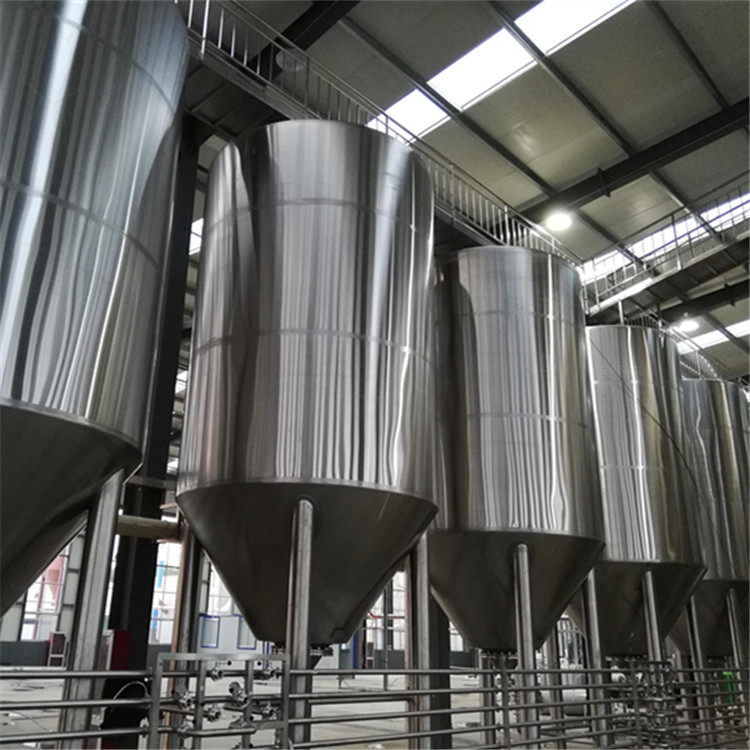
Commercial beer equipment is at the heart of the modern brewing industry. This article will look at 2000 liter commercial beer equipment, a moderately sized brewing system suitable for small to medium sized bars, restaurants and breweries. We'll learn about its key components, operational processes, and the business considerations associated with them.
More >>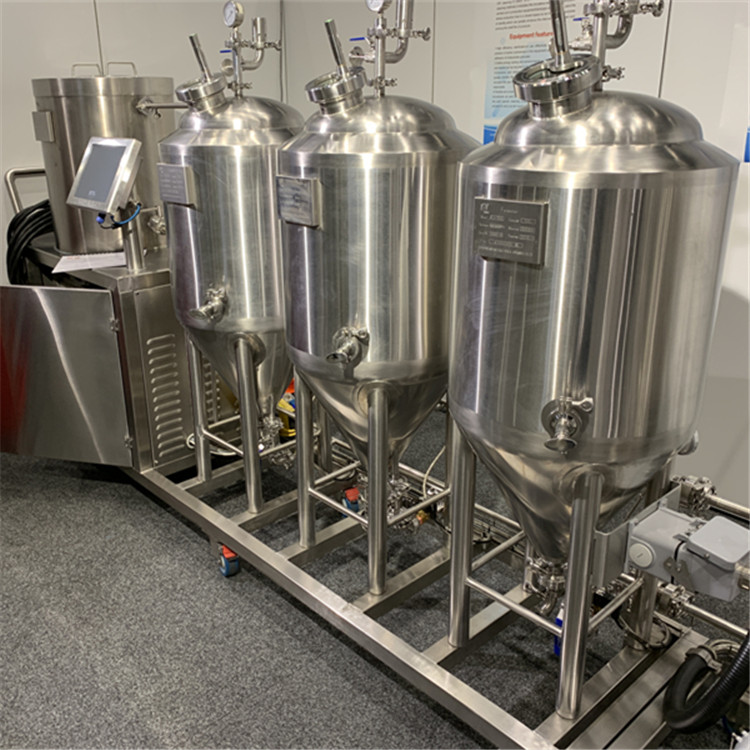
Brewing system: The Restaurant Nano Brewery Equipment brewing system is the heart of any brewery, and a nano brewery is no exception. Restaurant Nano Brewery Equipment typically consists of a mash tun, brew kettle, and fermenter. The size of the brewing system will depend on the amount of beer you plan to brew, but for a restaurant nano brewery, a 1- or 2-barrel system is common.
More >>
Craft brewery equipment is widely used in medium breweries and beer pubs. It can brew pale lager, amber lager, dark lager, ale and etc at proper temperature with different raw material.
More >>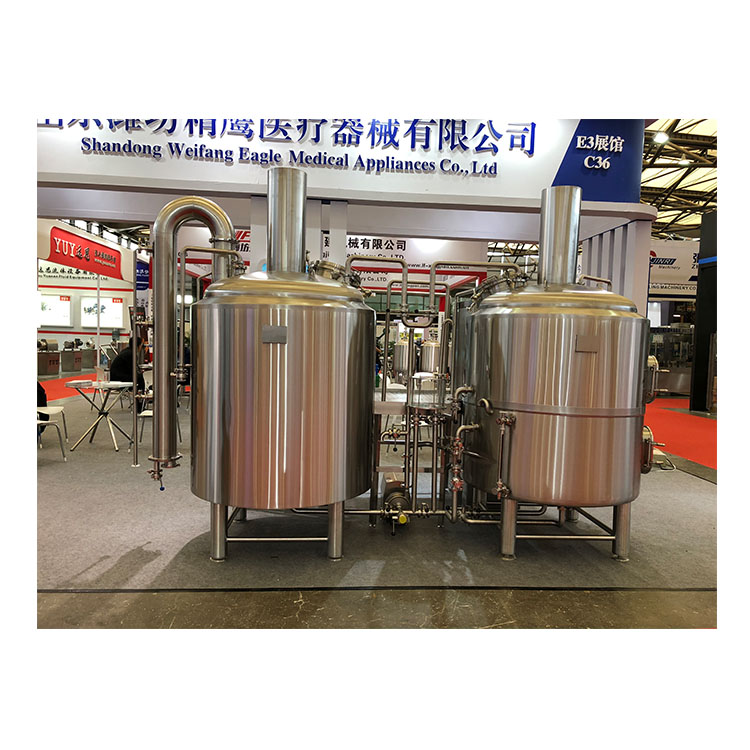
A complete set of 500L beer equipment consists of malt crushing system, saccharification system, fermentation system, steam system, refrigeration system, CIP cleaning system, pipeline system, etc. 500L brewing beer equipment is generally used in commercial, restaurants, bars, barbecue shops and other places.
More >>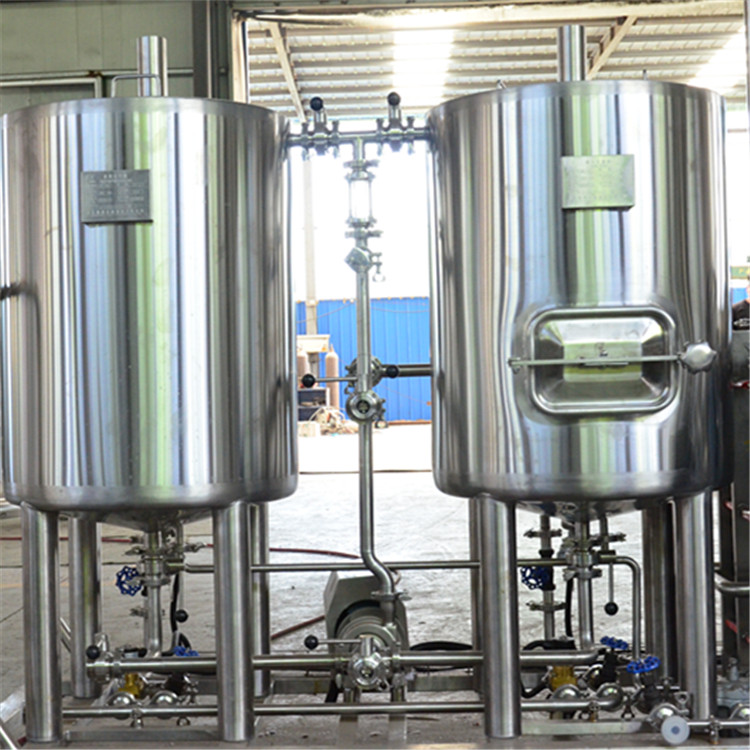
100L beer equipment can be used in home brewing and business. Each batch can produce 100L beer, and two batches can be made every day, up to 200L beer. If you are at home, you can produce beer every few days. If it is commercial, first of all, it is necessary to determine how many liters of beer are produced a day. The 100L beer equipment can produce up to three batches a day, but considering the labor intensity, it can produce up to one or two batches a day. The number of fermentation tanks is determined according to the amount of beer produced.
More >>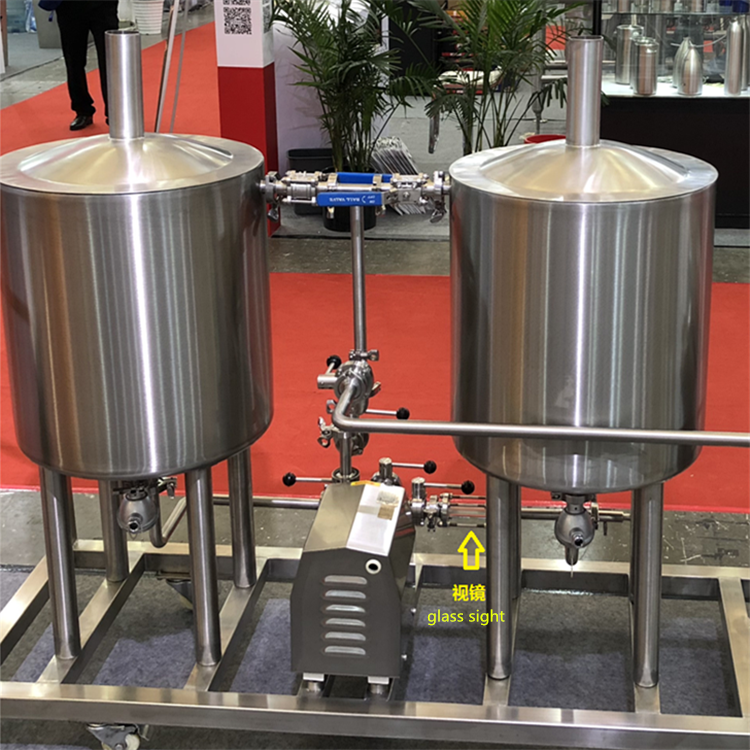
Small beer equipment is generally divided into two types, one is small household simple equipment, and the other is commercial beer equipment. Small household simple equipment generally refers to 30l-100l, with small floor area, convenient operation and relatively simple technology. Commercial beer equipment generally refers to 300l-2000l beer equipment. Now the popular fine brewing beer equipment in the market is made with this equipment.
More >>
The 100L micro beer equipment belongs to a small beer brewing system. Small space, high degree of automation, simple and easy to operate. The mash process is electric heating, which is generally equipped with two device specifications (mashing+lautering + boiling+whirlpool), with ice water tank, plate heat exchanger, wort oxygenator, wort pump, etc; The fermentation process is automatically controlled by PLC, and 6 fermentation tanks are generally configured according to the standard. It belongs to self entertainment beer brewing equipment.
More >>
If you are planning to build a brewery, you must consider the turnkey beer project. What is the whole turnkey beer production line like? Which manufacturers can do a good job in this beer production line? What problems should we pay attention to? The beginning of a new project certainly requires a lot of preparatory work and a lot of problems. Many times, it is very difficult. This professional problem should be solved by a professional company. We can provide you with the turnkey work of the whole beer project, with more than 60 years of production experience.
More >>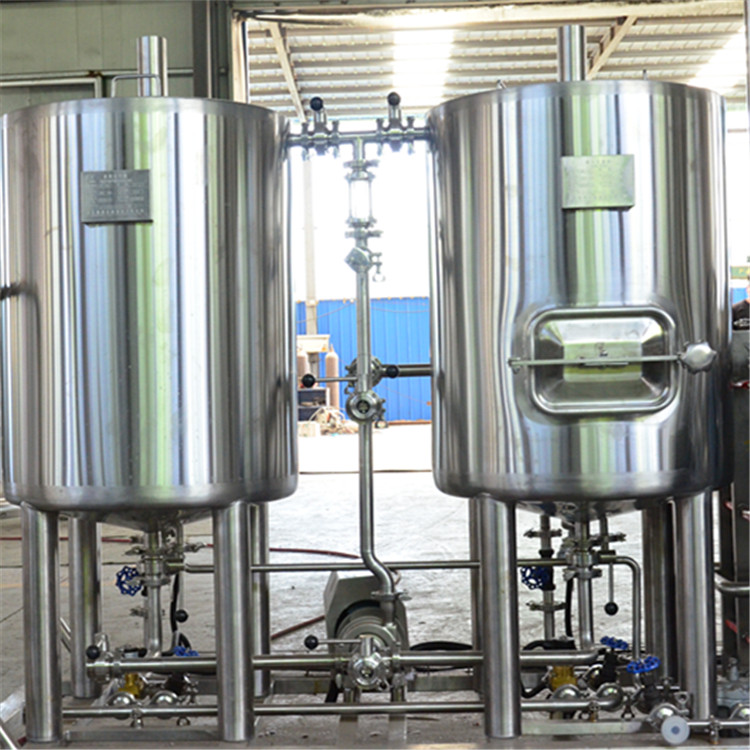
As a popular drink, more and more people like to brew beer. How is beer brewed? According to beer concentration, it is divided into high concentration beer, medium concentration beer and low concentration beer. According to the production mode, it is divided into: fresh beer, pure draft beer and cooked beer. No matter what kind of beer, the beer brewing system is divided into: malt crushing system, saccharification system, fermentation system, CIP cleaning system, refrigeration system, control system, filling system and water treatment system.
More >>
As one of the oldest beverages in the world, beer has a history of 4000-5000 years. It uses malt as the main raw material, adds hops, and is brewed by yeast. Craft beer is actually an innovation movement in the beer industry. Behind it is the rise of the young consumers born in the 80s and 90s. They have higher requirements for consumer experience, personalization and diversification.
More >>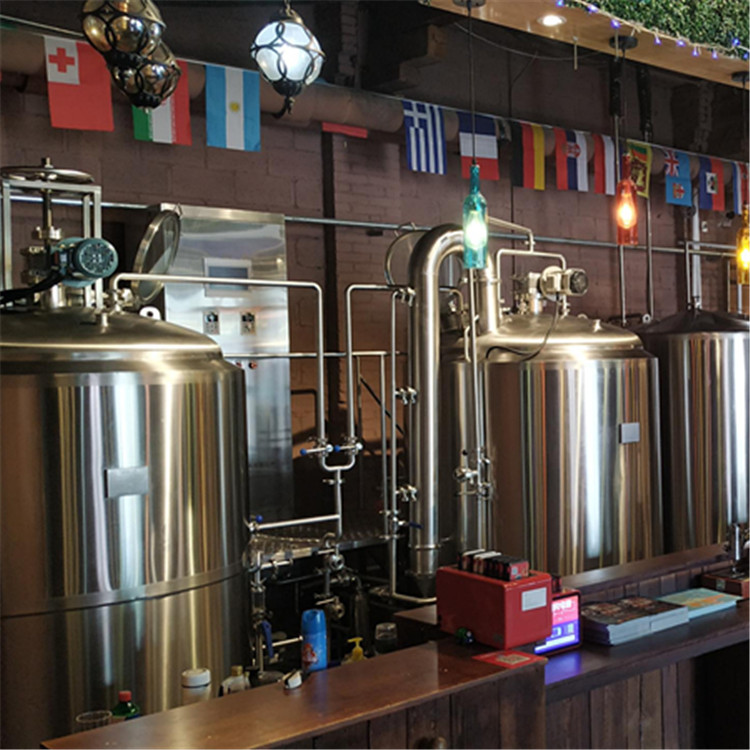
For beer equipment, each customer has different requirements. We have talked about what equipment beer equipment needs, how to choose beer equipment, and what is the most suitable scheme? According to the different needs of each customer, today we will talk about the additional configuration of beer equipment, so that we can use it better and more conveniently to brew higher quality beer.
More >>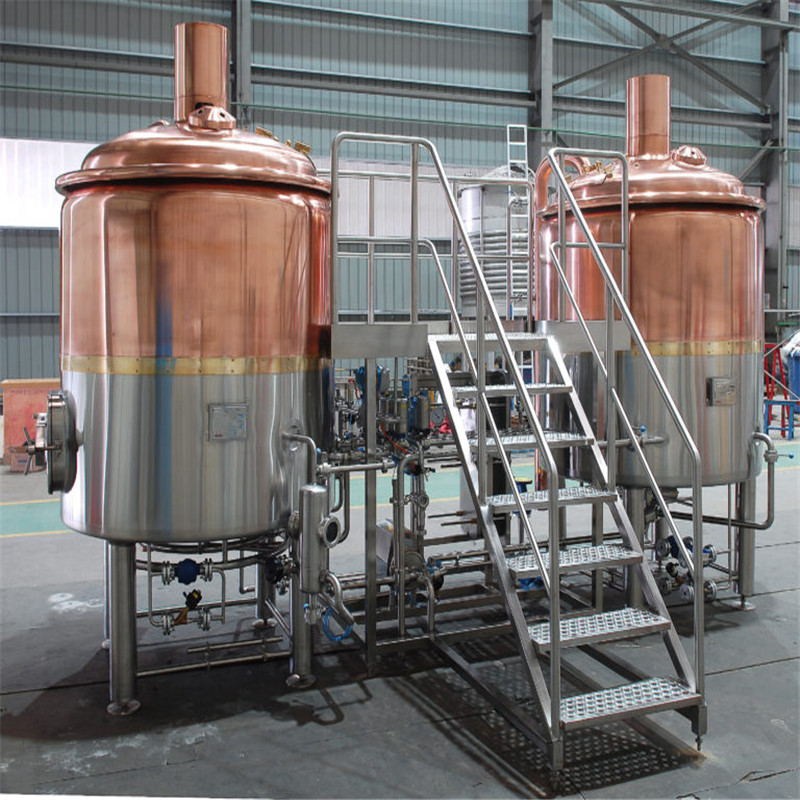
As the core of the whole beer equipment, saccharification system is the key to brewing beer, so how to choose the saccharification system suitable for you? As we all know, the saccharification system is divided into four steps: saccharification - Filtration - boiling - spin sedimentation. In order to achieve the desired effect in each step and save cost, the combination of saccharification system is very key.
More >>